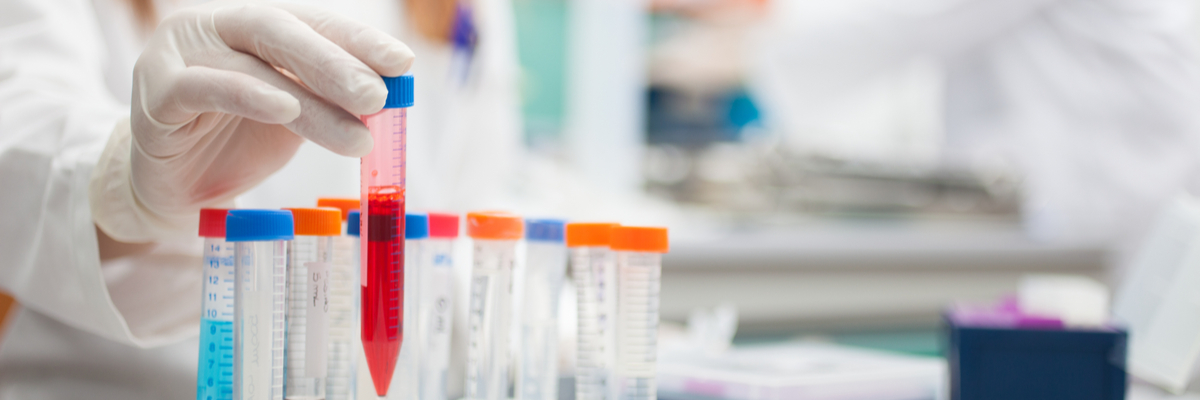
Clinical trials are used to test new ways of diagnosing, treating, or preventing adverse health conditions. The purpose of a clinical trial is to determine whether a new drug or medical device is safe and effective for patients.
A variety of things are evaluated through clinical trials, including:
- medications
- medication combinations
- new uses for existing medications
- medical devices
Have you ever wondered what’s involved in a clinical trial? Read below to find out!
Phase 0
This is technically the first portion of the clinical trial. Typically, this phase is done with a very small number of participants, usually no more than 10 to 15. The investigators performing the trial use a very small dose of the medicine or drug to see how the body reacts to it. These results will form the basis for the rest of the trial.
Phase I
In this phase, the drug’s safety is tested. The investigators aim to find the highest dose humans can take without serious, negative side effects. This is done by giving the participants a series of low to high doses until too many side effects become evident, or the desired goal of the drug is achieved. Approximately 40 to 80 participants are involved in this phase; they usually have no underlying health conditions.
In addition to the proper dosage, the investigators also look at the best way the drug can be administered to patients–topically, orally, subcutaneously, or intravenously.
Phase II
The number of participants is increased to several hundred. These participants must also be living with the condition the drug is intended to treat. The investigators collect data while monitoring these participants for several months or years to see how safe and effective the drug is, including any side effects that might result from it.
New combinations of drugs may also be introduced in this phase should the investigators deem it necessary.
Phase III
The number of participants is increased to approximately 3,000. These participants must also be living with the condition the drug is intended to treat. Phase III can last for several years, as this phase is designed to compare the experimental drug to other drugs that are currently available to treat the same condition. In order to move to the final phase, Phase IV, investigators must demonstrate that the drug is as safe and effective as existing methods of treatment.
Phase IV
This phase only happens once the U.S. Food and Drug Administration (FDA) has approved the drug. Once it has been approved by the FDA, thousands more participants are able to access the new method of treatment. This increase in participants allows the FDA to measure the long-term safety and efficacy of the drug. Similar to the previous phase, Phase IV can also last for many years.
For more information on drug safety and availability, feel free to visit the FDA website: https://www.fda.gov/drugs/drug-safety-and-availability.
Disclaimer: This blog provides general information and discussion about medical, cosmetic, mohs, and surgical dermatology. The words and other content provided in this blog, and in any linked materials, are not intended and should not be construed as medical advice. If the reader or any other person has a medical concern, he or she should consult with an appropriately licensed dermatologist or other healthcare worker.